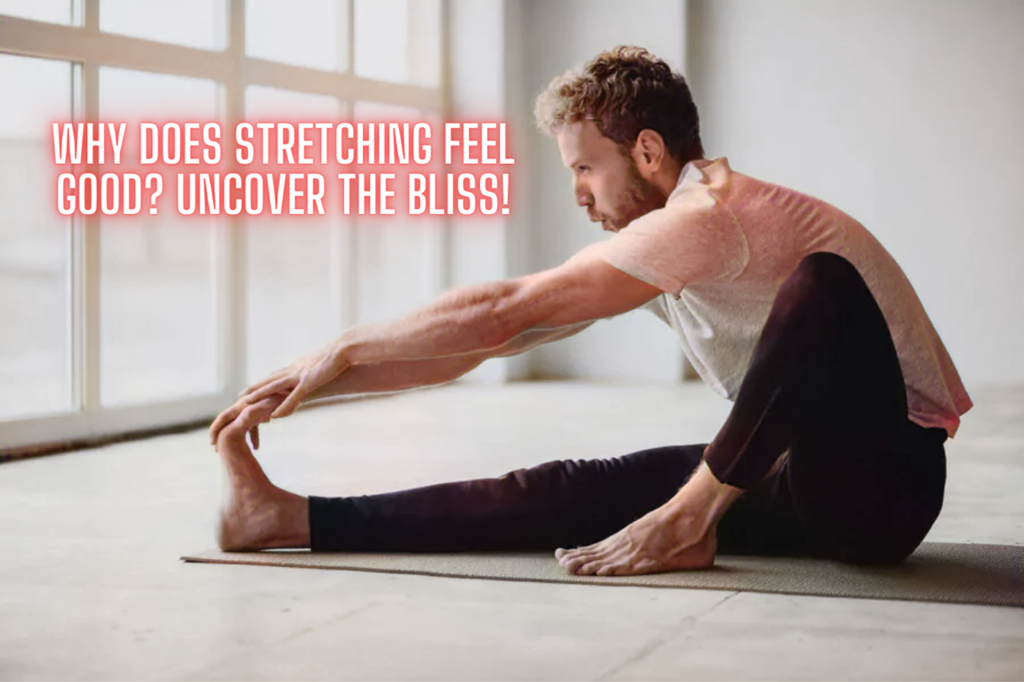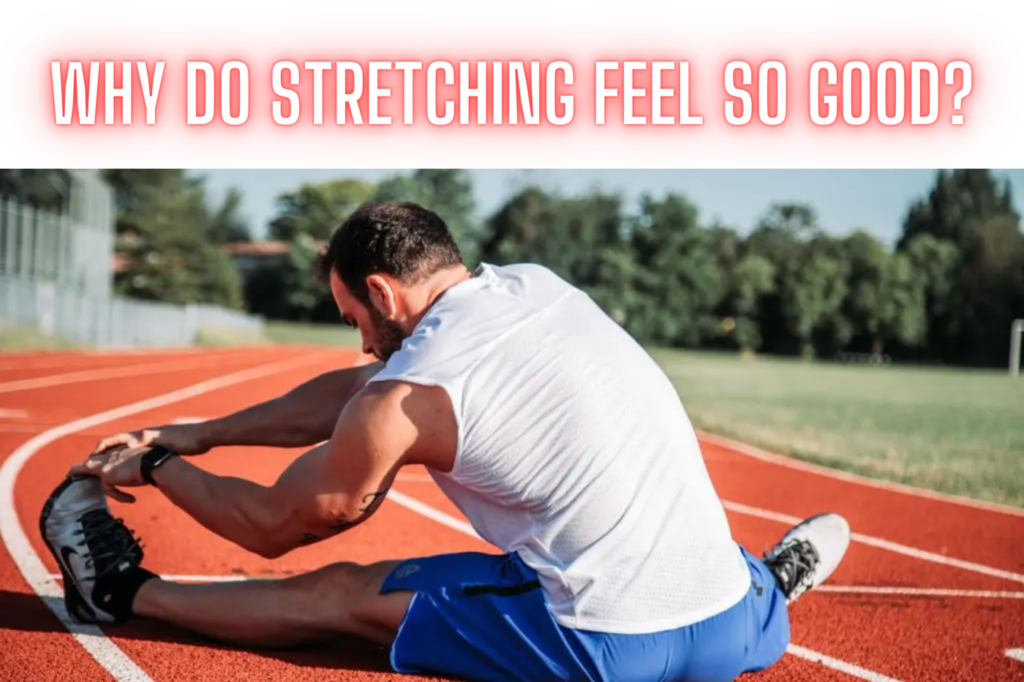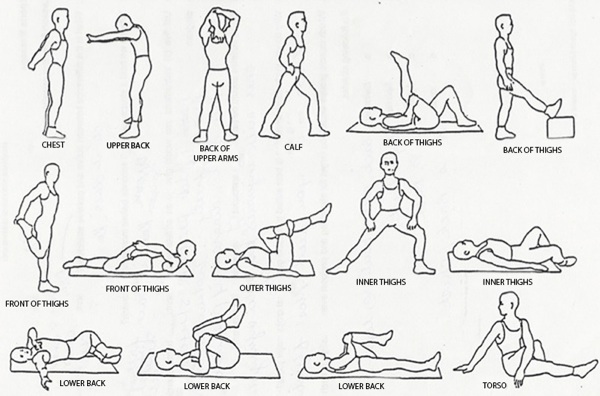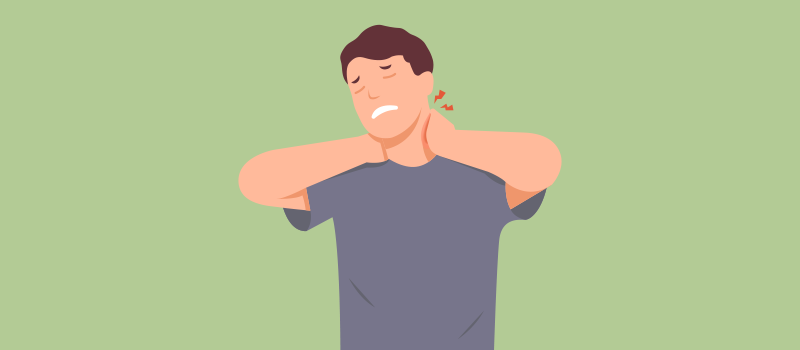Stretching feels good because it releases tension in muscles and increases blood flow. It also triggers the release of endorphins.
Stretching provides numerous benefits, making it a vital part of a daily routine. It enhances flexibility, reduces muscle stiffness, and promotes relaxation. By increasing blood flow to the muscles, stretching helps in muscle recovery and reduces the risk of injuries.
The release of endorphins during stretching contributes to a sense of well-being and reduced stress. Regular stretching can improve posture, alleviate back pain, and boost overall physical performance. Incorporating stretching into your day can lead to improved mental clarity and increased energy levels. Start with simple stretches to experience these benefits and make it a habit for a healthier lifestyle.

Credit: www.sciencefocus.com
The Science Behind The Pleasure Of Stretching
Stretching activates nerve endings in muscles. These nerves send signals to the brain. The brain then sends signals back to relax the muscles. This process helps reduce tension and pain. A relaxed muscle feels good and helps the body function better.
Stretching can trigger the release of endorphins. Endorphins are chemicals in the brain that make you feel happy. They are natural painkillers. A good stretch can make you feel relaxed and joyful. This is why stretching feels so good.
Stretching And Its Impact On Muscles
Stretching helps muscle fibers to elongate and relax. This process can reduce muscle tension. Your muscles feel less tight and more flexible. Stretching also helps to prevent injuries. It ensures your muscles are ready for activities.
Stretching boosts blood flow to your muscles. Better blood flow brings more oxygen and nutrients. This helps muscles to recover faster after exercise. Good blood flow also removes waste products from muscles. It keeps them healthy and strong.
Psychological Factors In Stretching Satisfaction
Stretching helps to release mental tension. It can lower stress levels. People often feel calm after stretching. This happens because the body relaxes. Relaxation of the body leads to a relaxed mind.
The mind and body are closely linked. Stretching improves this connection. Better mind-body connection makes us feel good. It also helps us become more aware of our bodies. This awareness boosts our mood and satisfaction.
Comparing Dynamic And Static Stretching
Dynamic and static stretching both offer a sense of relief and relaxation. Dynamic stretching involves movement, boosting blood flow and flexibility. Static stretching focuses on holding positions, easing muscle tension and promoting calmness.
Benefits Of Dynamic Stretching For The Body
Dynamic stretching helps warm up muscles. It increases blood flow and improves flexibility. This type of stretching can prevent injuries. Athletes often use it to prepare for sports. It can also boost performance. Dynamic stretching is active and involves movement. Examples include leg swings and arm circles. These movements help increase heart rate. They also wake up the nervous system. This makes the body ready for action.
Why Static Stretching Feels Calming
Static stretching helps relax muscles. It involves holding a position for a few seconds. This type of stretching can reduce stress. It also helps improve flexibility over time. Many people find it calming and soothing. It can be done after a workout or before bed. Examples include touching your toes or holding a quad stretch. Static stretching helps release tension in the body. It can also improve posture.
The Role Of Stretching In Injury Prevention
Stretching releases endorphins, creating a sense of well-being and relaxation. It also improves blood flow, aiding muscle recovery and reducing injury risk. Regular stretching enhances flexibility, making movements feel smoother and more comfortable.
Improving Flexibility And Reducing Risk
Stretching improves flexibility. It helps muscles stay strong and healthy. Flexible muscles are less likely to get injured. Before exercise, stretching warms up the muscles. Warm muscles can handle stress better.
After exercise, stretching helps muscles cool down. This reduces muscle soreness. It also helps prevent injuries. Stretching can make everyday activities easier. It improves your range of motion. A better range of motion means fewer injuries.
Real-life Examples Of Stretching Preventing Injuries
Professional athletes stretch to stay injury-free. Basketball players stretch to avoid ankle sprains. Gymnasts stretch to prevent muscle tears. Runners stretch to avoid hamstring injuries. Regular stretching helps office workers too. It can prevent back pain from sitting all day.
Kids also benefit from stretching. It helps them stay active and injury-free. Stretching keeps everyone safe and healthy. It is simple but very effective.
Credit: www.quora.com
Stretching Across Different Cultures And Practices
Yoga connects the mind, body, and spirit through stretching. It helps reduce stress and promotes relaxation. Different poses improve flexibility and strength. The practice is thousands of years old. Many people find peace and balance through yoga. Breathing techniques enhance the experience.
Martial artists use stretching to improve performance. It increases flexibility and strength. Stretching helps prevent injuries. Regular practice enhances mobility and agility. Martial arts disciplines like Karate and Taekwondo emphasize stretching. Proper stretching routines are crucial for success. They prepare the body for intense training.
Incorporating Stretching Into Daily Life
Stretching in the morning helps wake up your body. Try reaching for the sky with both arms. This stretch helps extend your spine. Bend forward and try to touch your toes. It stretches your hamstrings and lower back. Rotate your neck gently to loosen it up. Do a few shoulder rolls to relax your upper body.
Sitting all day can make muscles tight. Stand up and stretch your arms above your head. This helps to open up your chest. Try a seated twist by rotating your torso to the side. It relieves tension in your back. Stretch your wrists by pulling back your fingers gently. A simple calf stretch can be done by placing one foot behind the other and leaning forward.

Credit: neuroandspineconsultants.com
Frequently Asked Questions
Why Does It Feel So Good When I Stretch?
Stretching feels good because it releases tension in muscles, improves blood flow, and triggers the release of endorphins.
Why Does Stretching Feel Euphoric?
Stretching feels euphoric because it releases endorphins, improves blood flow, and reduces muscle tension. This combination boosts mood and energy.
Why Do We Groan When We Stretch?
Groaning when we stretch releases tension and increases blood flow. It also signals the body to relax muscles.
Why Does Assisted Stretching Feel So Good?
Assisted stretching feels good because it relieves muscle tension, increases blood flow, and enhances flexibility. It also promotes relaxation and reduces stress.
Conclusion
Stretching feels good because it releases tension and improves blood flow. It enhances flexibility and reduces stress. Incorporate stretching into your daily routine for better overall well-being. Remember, a consistent stretching habit can lead to long-term benefits. Embrace the simple pleasure of stretching for a healthier life.










